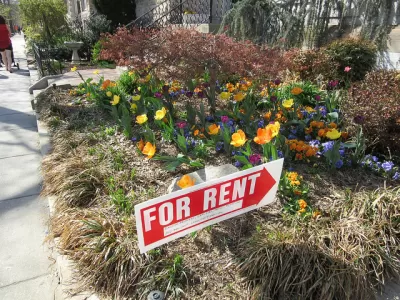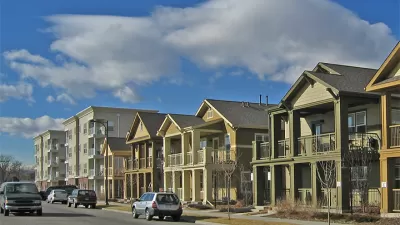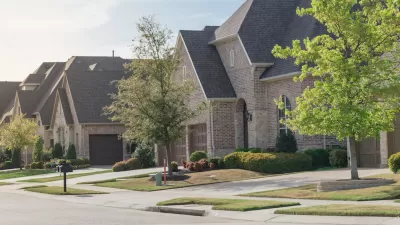If Congress gave the Housing Choice Voucher program enough money to serve every income-eligible applicant, what other reforms would be needed so every voucher recipient could find a decent home in a suitable area?

The Housing Choice Voucher program—often called Section 8—is the federal government’s most effective tool for combating homelessness, keeping more than 2 million families housed each year. While it is effective, it also needs repair. After all, Section 8 is so underfunded that 8.2 million households that qualify for a voucher can’t get one.
But that’s not the only problem.
Nearly one in three households that do get a voucher can’t find a suitable home with a landlord willing to accept it. These households often lose their voucher and their place on a yearslong waiting list, which can be mentally and emotionally damaging, says Vincent Reina, an associate professor in the Department of City and Regional Planning at the University of Pennsylvania.
“People are on the waitlist for decades,” he says. “They’re making decisions that are affected by something that may never happen, and their outcomes may actually be worse because they’re waiting.”
It’s for that very reason that a new housing system is needed, says Andreanecia Morris, executive director of HousingNOLA, a New Orleans-based housing advocacy group. “Universal vouchers are absolutely a part of that new system, but it needs to be a system that would guarantee housing for all voucher holders.”
To make the Housing Choice Voucher program truly work—that is, give the maximum number of eligible households a voucher and the ability to find a clean and habitable home they can afford in an area that has access to basic amenities like groceries and transportation—housing advocates like Andrew Aurand, vice president for research at the National Low-Income Housing Coalition (NLIHC), say the program needs a combination of changes on both the demand and supply sides.
“We need subsidy programs to increase the supply of units available to voucher holders,” Aurand says, “and we need to preserve the affordability and the quality of these units.”
To get to the appropriate combination of systemic changes to fix the Section 8 program “we need to be thinking about different ways to implement things we’ve already tried, and also thinking about new things to make it work from the landlord side,” says Katherine O’Regan, faculty director of New York University’s Furman Center for Real Estate and Urban Policy.
“It’s almost like there’s a three-legged stool. You’ve got private market landlords, the voucher households themselves, and the local housing authorities,” she says. “And there are things that we are going to need for each of the legs of that stool to make it work.”
What are some of the most pressing changes that would be needed to allow the Section 8 program to provide stable housing to as many low-income families as possible?
Increase Housing Supply
New home construction tanked after the housing crash of the late 2000s, leaving the nation short 5.5 million homes. To make up for what hasn’t been built over the past decade, it’s estimated developers need to build ...
FULL STORY: How to Make Universal Vouchers Actually Work

Maui's Vacation Rental Debate Turns Ugly
Verbal attacks, misinformation campaigns and fistfights plague a high-stakes debate to convert thousands of vacation rentals into long-term housing.

Planetizen Federal Action Tracker
A weekly monitor of how Trump’s orders and actions are impacting planners and planning in America.

San Francisco Suspends Traffic Calming Amidst Record Deaths
Citing “a challenging fiscal landscape,” the city will cease the program on the heels of 42 traffic deaths, including 24 pedestrians.

Defunct Pittsburgh Power Plant to Become Residential Tower
A decommissioned steam heat plant will be redeveloped into almost 100 affordable housing units.

Trump Prompts Restructuring of Transportation Research Board in “Unprecedented Overreach”
The TRB has eliminated more than half of its committees including those focused on climate, equity, and cities.

Amtrak Rolls Out New Orleans to Alabama “Mardi Gras” Train
The new service will operate morning and evening departures between Mobile and New Orleans.
Urban Design for Planners 1: Software Tools
This six-course series explores essential urban design concepts using open source software and equips planners with the tools they need to participate fully in the urban design process.
Planning for Universal Design
Learn the tools for implementing Universal Design in planning regulations.
Heyer Gruel & Associates PA
JM Goldson LLC
Custer County Colorado
City of Camden Redevelopment Agency
City of Astoria
Transportation Research & Education Center (TREC) at Portland State University
Jefferson Parish Government
Camden Redevelopment Agency
City of Claremont





























